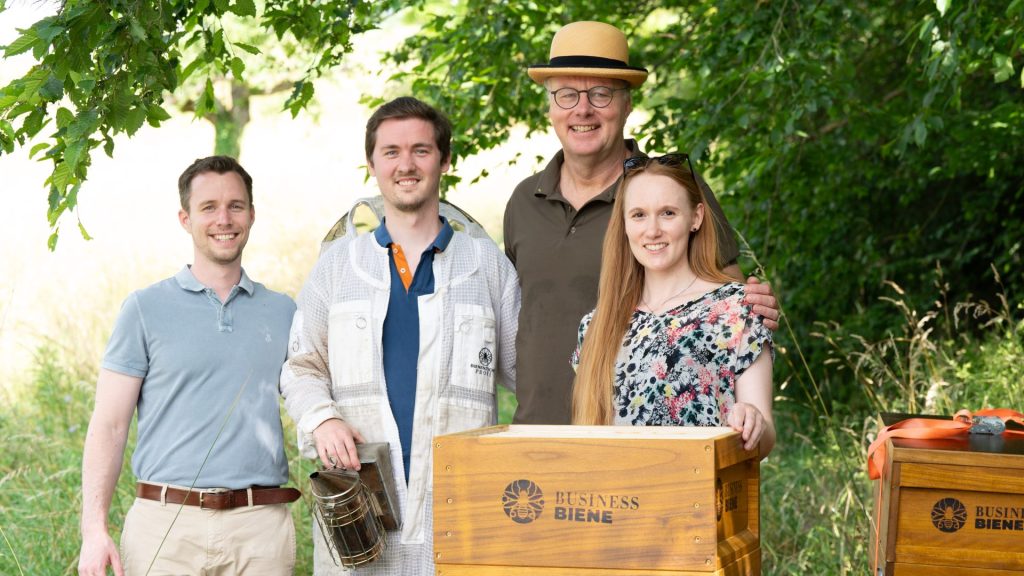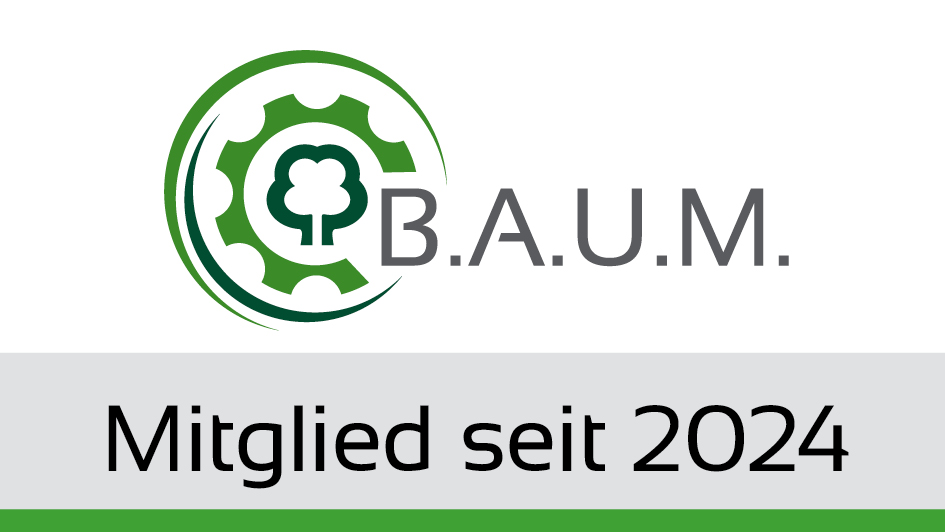- SIMONA
SUSTAINABLE BUSINESS AND GROWTH
A strategy that unites all sustainability criteria under one roof
- Sustainable production
Key metrics
Our company already determines a wide range of metrics, i.e. performance indicators, considered to be important to our business operations. At the same time, we are working intensively on expanding our monitoring activities..
Corporate carbon footprint
(Scope 1 and 2, in CO2e)
Plastic recyclates used in production
14,1%
Proportion of women in management positions
Global drinking water consumption
We generate more than 95% of our revenue with recyclable materials.
13.79
Reportable accidents per 1,000 full-time staff
(s)
Data valid as at: 2022
Our sustainability strategy
The Sustainability House is a key concept used for the purpose of making our overarching sustainability goals transparent.
It is based on three pillars: sustainable products, sustainable production and processes, and appreciation of our employees. The foundation on which our company is built is a culture of sustainability that prioritises sustainable thinking and action.
Sustainable solutions with global reach
Materiality analysis
Materiality analysis is a key tool for ensuring that we as a company fulfil our wide-ranging responsibilities towards the environment, society and our stakeholders. As part of this structured process, we systematically assess the impact of our business activities in respect of social, environmental and economic matters. This includes not only company-specific factors but also the expectations and needs of our stakeholders.
Materiality analysis plays a central role when it comes to pursuing our commitment to sustainable business practices. But what exactly does such a materiality analysis entail? Put simply, it describes a process by which we identify and prioritise the issues that are most important to our stakeholders and to us in the context of sustainability.
On the basis of this analysis, we can identify the issues that have the greatest impact on the environment and society as a whole and that are considered essential for the long-term success of our company. By identifying these key elements, we can ensure that our sustainability strategy is focused, relevant and effective.

orientation
circular economy
professional development
local community
(product safety/
quality)
Our CSRD report
Lorem ipsum dolor sit amet, consectetur adipiscing elit, sed do eiusmod tempor incididunt ut labore et dolore magna aliqua. Ut enim ad minim veniam, quis nostrud exercitation ullamco laboris nisi ut aliquip ex ea commodo consequat. Duis aute irure dolor in reprehenderit in voluptate velit esse cillum dolore eu fugiat nulla pariatur. Excepteur sint occaecat cupidatat non proident, sunt in culpa qui officia deserunt mollit anim id est laborum.


